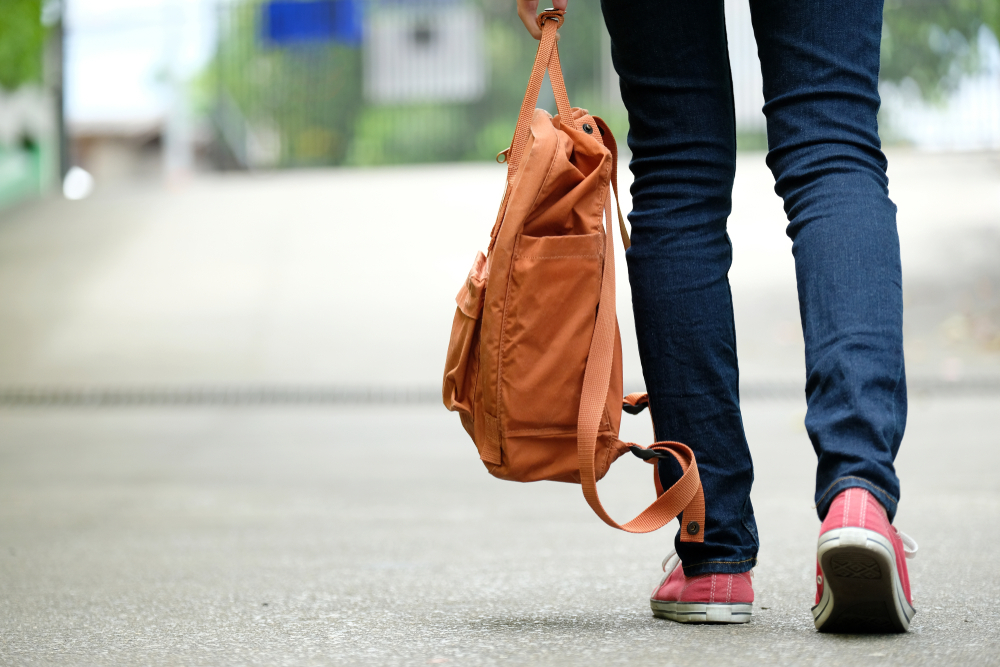How to play it safe with diabetes and sports
If you're living with type 1 diabetes (t1d), you've likely become accustomed to navigating your daily responsibilities and actions with a greater degree of awareness. While it's true your glucose levels may need a bit more attention at times, it doesn't mean you have to shy away from your favorite activities.
For instance, it's absolutely possible to combine diabetes and sports.
By taking just a few precautions, you can enjoy everything your chosen sports have to offer while improving your health and having some fun! Here's what to know about managing diabetes and sports while maintaining control of your blood sugar.
Manage your glucose before (and during) play
Whether you prefer a solo sport or to play on a team, the precautions you'll need to take before you hit the field or court are the same. You'll also want to keep an eye on your levels during exercise, as well as immediately afterward.
Take these steps to make sure you play it safe:
- Know your numbers. Check your blood sugar before, during, and following any strenuous activity.
- Fuel your body. You know yourself best, but most people need to start with a blood sugar of at least 120 before exercising. If your blood glucose is lower than that, have a meal or snack before you start your workout so you'll have the energy you need to keep moving.
- Keep an eye on your levels. Continue to check your blood sugar every hour or so during more intense activity. Using a continuous glucose monitor (CGM) can make checking your sugar during sports quick and easy, so you can get back in the game in no time.
- Have a backup plan. Keep an easily absorbed "rescue" source of glucose on hand. Glucose gel, glucose tabs, a juice box, and hard candy are all good choices.
- Take the time you need. If your blood sugar begins to drop, use one of your glucose sources and sit on the sidelines until you're sure your level is safe for you.
Stay hydrated during sports
In addition to the strategies above, staying hydrated is key — especially for those who play in warmer environments. These are the guidelines for water consumption before, during, and after an athletic activity:
- Two to three hours before an event: Drink 16 ounces of water.
- 15 minutes before an event: Drink 8 ounces of water.
- During an event: Drink 4 ounces of water every 15 to 20 minutes.
- After an event: Drink 16 to 20 ounces of water for every pound of body weight lost during activity.
Plain water is great before and after a workout. But if you exercise for more than 60 minutes, an electrolyte-containing sports beverage is recommended during your workout. Sports beverages help you replenish sodium, potassium, and other nutrients that are lost through sweat — and standard sports beverages also contain some sugar to keep blood glucose levels stable during activity. If you find that standard sports beverages cause too much spike in your blood sugar, low-sugar sports beverages are available and may work better for you and your body.
5 world-class athletes living with diabetes
Have you ever thought diabetes might hold you back from giving your best athletic performance? Think again! Consider these top-tier athletes who live with diabetes:
- Chris Dudley was diagnosed with t1d at age 16. A few years later, he became the first person with t1d to play in the NBA. Despite the intense physical demands of his sport, Dudley played professional basketball for 16 years — much longer than the average NBA player, who stays in the league for less than five years.
- Baseball player Ron Santo discovered he had t1d during a routine physical exam at age 18. Afraid his diagnosis might affect his career, he didn't inform managers at the Chicago Cubs of his condition until he was named to an All-Star team in 1963. During his career with the Cubs and the White Sox, Santo hit an amazing 342 home runs.
- Antonia Göransson was diagnosed with t1d in 2015. A skilled soccer player with 50 national championships under her belt, she's known for her ability to play equally well with her left and right feet.
- Will Cross has climbed the highest peaks on all seven continents, and he was the first person with diabetes to climb Mount Everest. Diagnosed with t1d at age 9, he's trekked previously unmapped areas all over the world in extreme weather and sometimes with very little available food.
- Sara Groenewegen was diagnosed with t1d at age 9. Today, she's a star softball pitcher and an Olympic hopeful who credits her athleticism with helping her survive Legionnaire's disease.
There are many more excellent athletes living with diabetes — some earn a living with their athletic abilities, and some are weekend warriors who just enjoy the game. Either way, there's no reason to let diabetes come between you and your desire to enjoy sports.
Want to read more about famous people living with diabetes? These seven celebrities aren't letting their t1d diagnosis stand in the way of their success.




